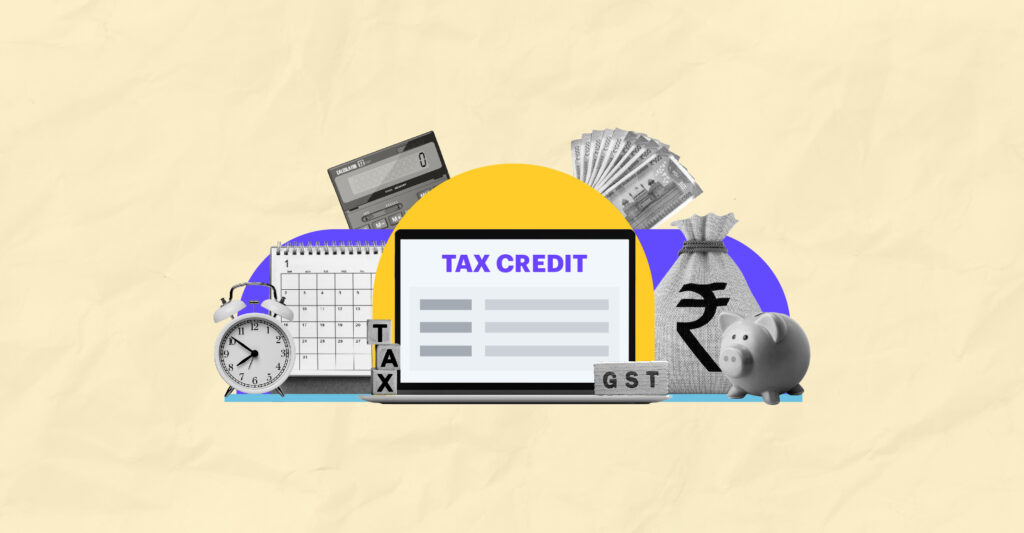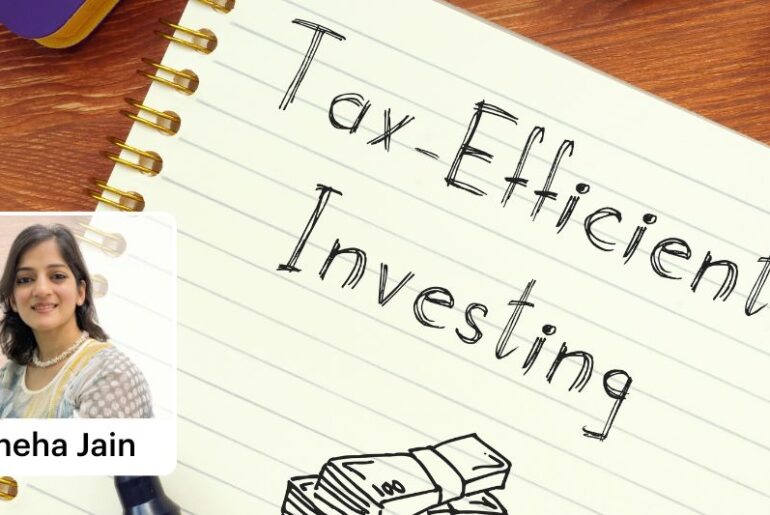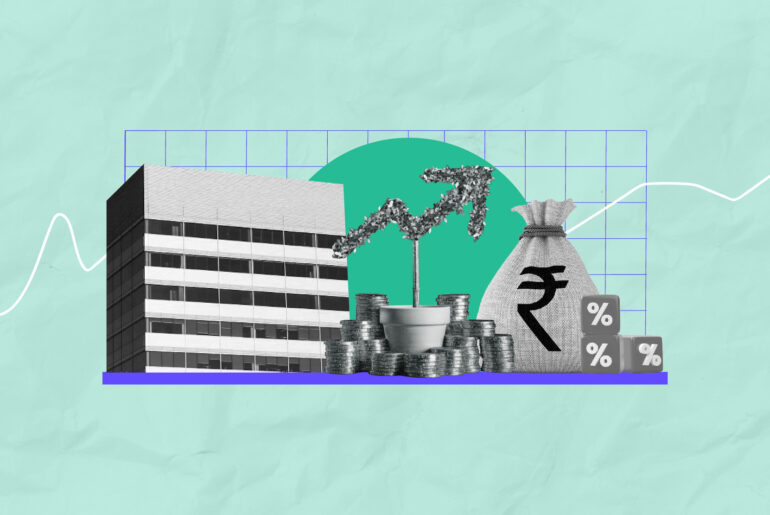Last Updated on May 24, 2022 by
One of the characteristic features of GST is the steady and coherent flow of input tax credit. The implementation of GST on 01 July 2017 brought the mechanism of input tax credit (ITC) to taxpayers’ attention. ITC in GST has been observed to be a suitable mechanism to avoid tax cascading across the supply chain, from manufacture to final consumption.
The earlier system did not allow credit of centrally-levied taxes to be set off for payment of state taxes or vice versa. However, the GST system brings both Central and State taxes under the same regime. Read on to know about ITC in GST and how to claim it.
Table of Contents
What is input tax credit?
The GST regime allows businesses throughout India to claim input credit for the tax they pay while buying capital goods. Therefore, input tax credit means that you can lessen the tax you already paid on the input when you pay output tax. Hence, you pay only the balance amount.
Here’s a more elaborate explanation:
You pay taxes on the purchase of goods/services from a registered dealer. When you sell the same, you collect a certain amount of tax. But, you adjust the taxes paid during purchase with the tax on sales (output tax). The tax on sales minus the tax on purchase is your tax liability to the government.
How does input tax credit under GST work?
Now, let’s understand how the input tax credit works with an example. Say you have a company that sells high-quality plastic and steel spoons. You buy plastic and steel worth Rs. 5,000 from a supplier at a GST rate of 12.5%. Therefore, you pay an input tax of Rs. 625 (12.5% of Rs. 5,000).
Now you sell the spoons for Rs. 10,000 and pay an output tax of 12.5%. Thus, your total selling price is Rs. 11,250 (Rs. 10,000 + 12.5% of Rs. 10,000). So now, your input tax credit is
= Rs. 1,250 – Rs. 625 = Rs. 625
Therefore, your tax liability to the government is Rs. 625 (output tax minus input tax credit).
Take a look at another example. Assume you are the manufacturer of a good ‘A’. Tax payable on your final product is say Rs. 600. Taxes that you paid on input/purchases account for Rs. 400. Now, you can claim this Rs. 400, namely input tax credit, and will have to deposit only Rs. 200 in taxes.
Who can claim an input tax credit under GST?
You can claim an input tax credit solely for business purposes. As a buyer, you can claim an input tax credit if registered under GST. However, it is mandatory that you also fulfil the following criteria:
- You should have the tax invoice(s) of purchase issued by the registered dealer/vendor/supplier
- You should have received the said goods and services
- The dealer/vendor/supplier has filed GST returns
- The dealer/vendor/supplier has paid the tax liable on your purchases to the government in cash or by claiming input credit
- The dealer/vendor/supplier has filed GSTR-1, and it reflects in GSTR-2B
When is input tax credit unclaimable?
An input tax credit is not claimable in the following scenarios:
- If you have registered under the GST composition scheme.
- Goods and services used exclusively for:
1. Exempt supplies
2. Personal use
3. Supplies for which input tax credit is specifically unavailable
- Besides, the input tax credit is subject to reversal in the following cases:
- Non-payment of invoices within 180 days of issue.
- Businesses using input for both business and personal purposes.
- Capital goods used partly for business purposes and partly for personal use/exempted supplies.
- Seller issuing a credit note to ISD.
How to claim an input tax credit under GST?
Suppose ‘A’ is a seller who sells certain goods to you, the buyer. Then, based on the tax invoice, you can claim the credit on your purchases. If you’re thinking about how you claim an input tax credit, the following pointers provide a quick run-through:
- The seller will file GSTR-1 (containing supply details) and upload all tax invoice details issued in the same.
- Sales details will auto-populate/reflect in GSTR-2A or GSTR-2B.
- Now, you will file GSTR-2 (containing details of inward supply), pulling sales data from GSTR-2A or GSTR-2B.
- Once you accept the purchase details, the tax on purchase gets credited to your electronic credit register.
- Now, you can adjust the credit against future output tax liability and claim the refund.
You must report the input tax credit amount in your monthly GST returns if you’re a regular taxpayer. However, you can claim an input tax credit on a provisional basis in form GSTR-3B. As per CBIC (Central Board of Indirect Taxes and Customs), you can provisionally claim up to 20% of the eligible input tax credit during monthly GST return filing. So, you must check the GSTR-2A figures carefully before filing form GSTR-3B.
Documentation required to claim input tax credit under GST
Most importantly, you must have the following documents to claim an input tax credit under GST:
- The invoice issued by the supplier
- The invoice supplied by the recipient in addition to proof of payment of tax
- A debit note that the supplier issues to the recipient
- Bill of entry
- Revised invoice
- Credit note/invoice issued by ISD as per GST invoice rules
Conclusion
The input tax credit mechanism is a fundamental feature of GST, offering a seamless channel for the flow of input credit. From manufacturing goods/services to final consumption, everybody in the chain benefits from uninterrupted credit movement. Under the earlier tax regime, it was impossible to claim one tax’s input tax credit against another. However, the input tax credit system does away with that limitation. It brings the entire supply chain under GST to be levied side-by-side by the Central and State Governments and evades tax cascading. Reach out to your CA for professional guidance on how to claim the input tax credit.







